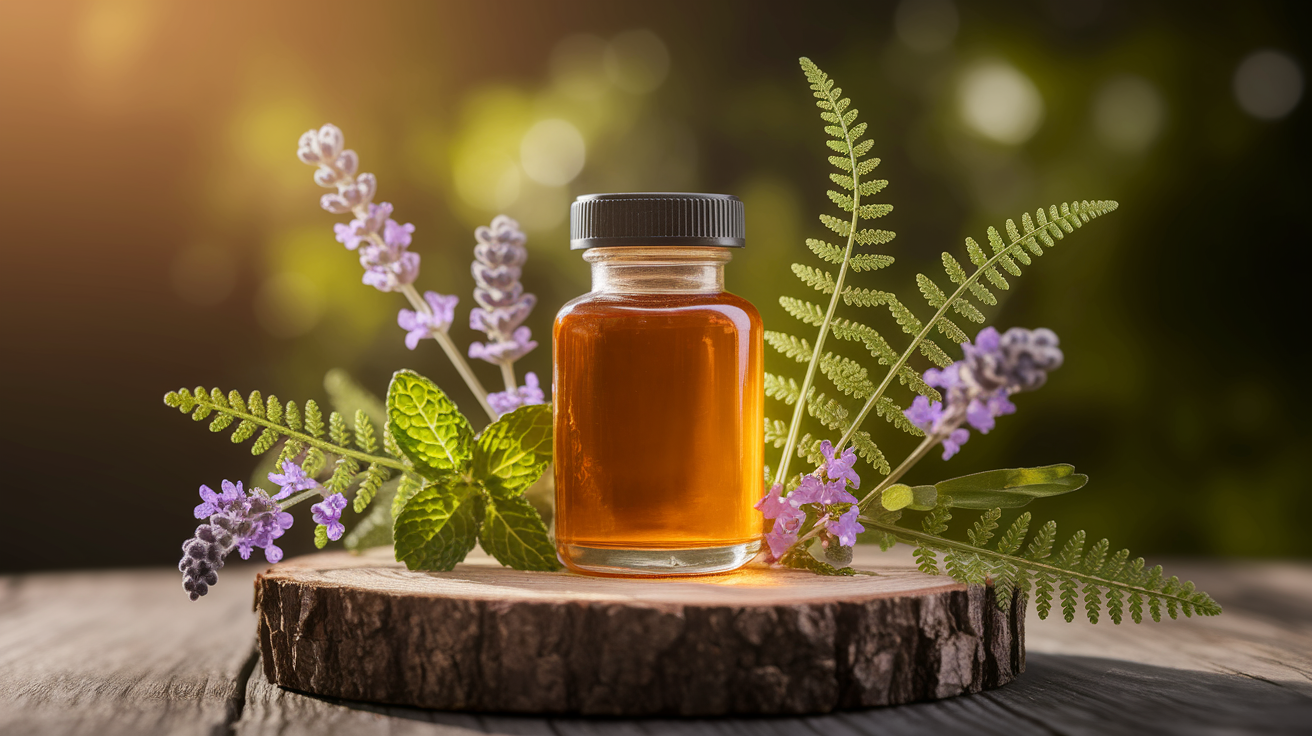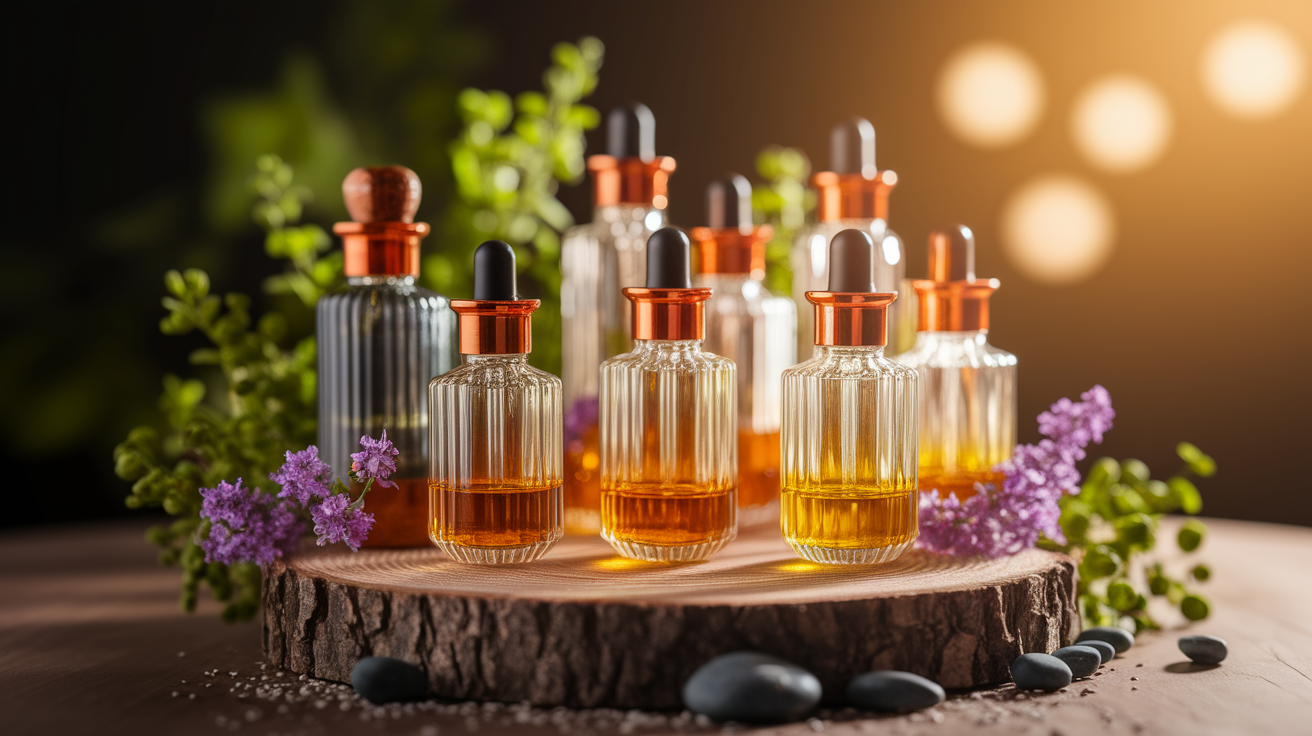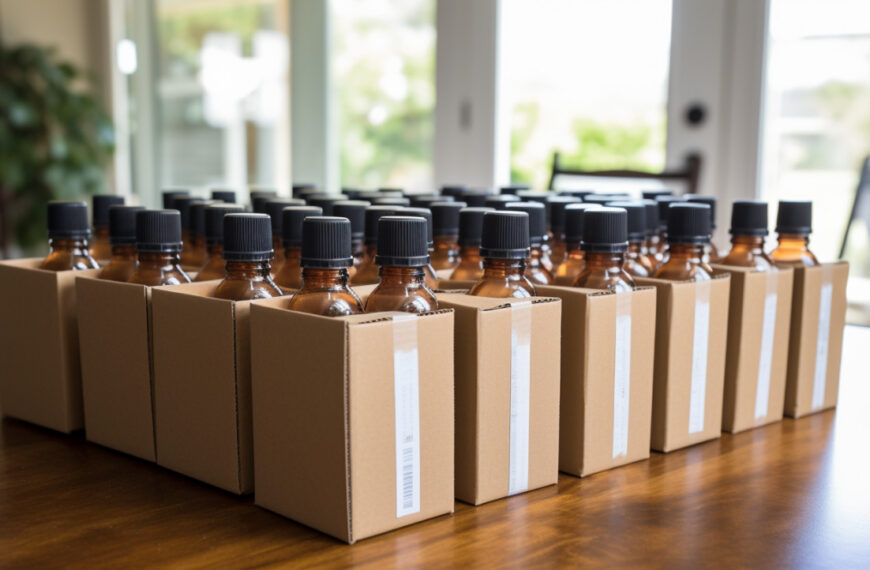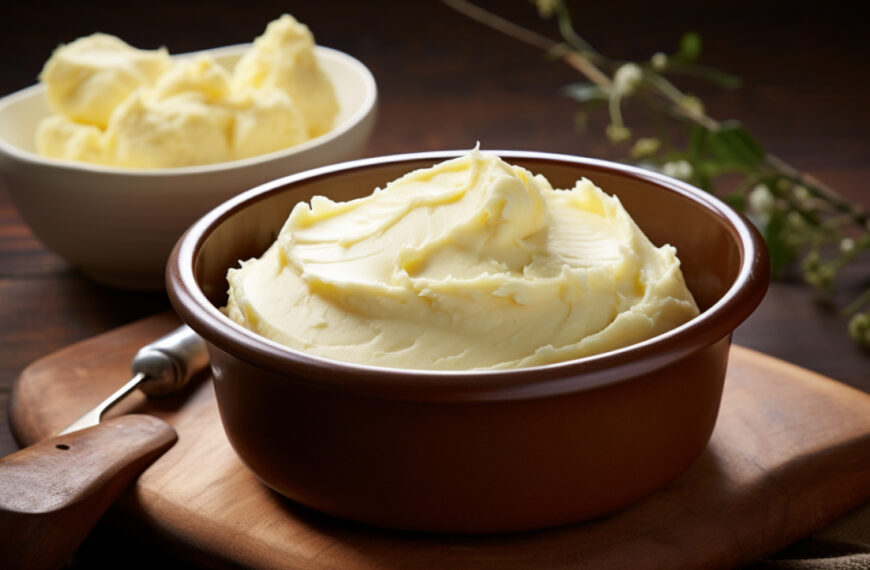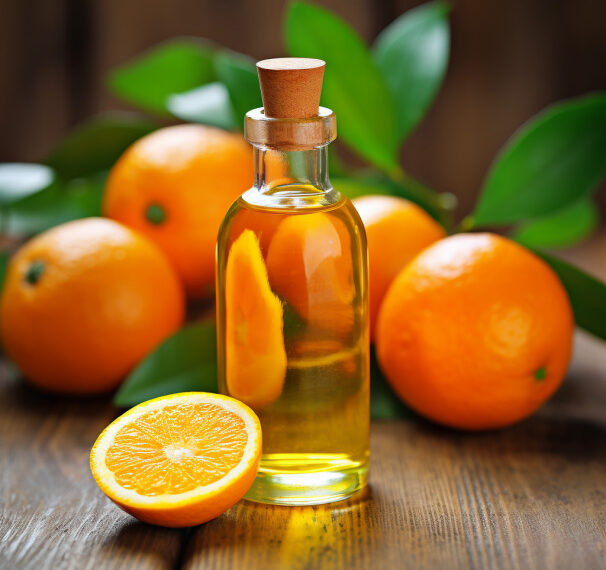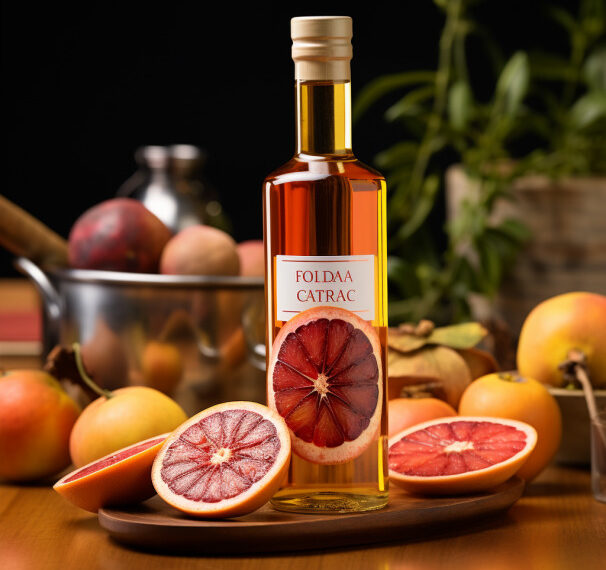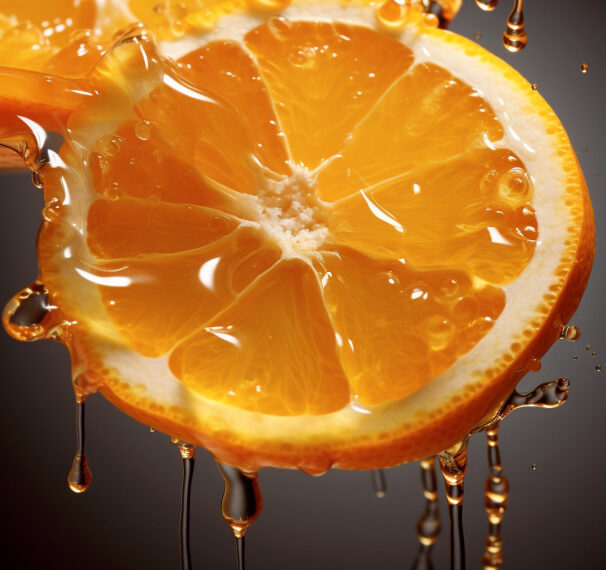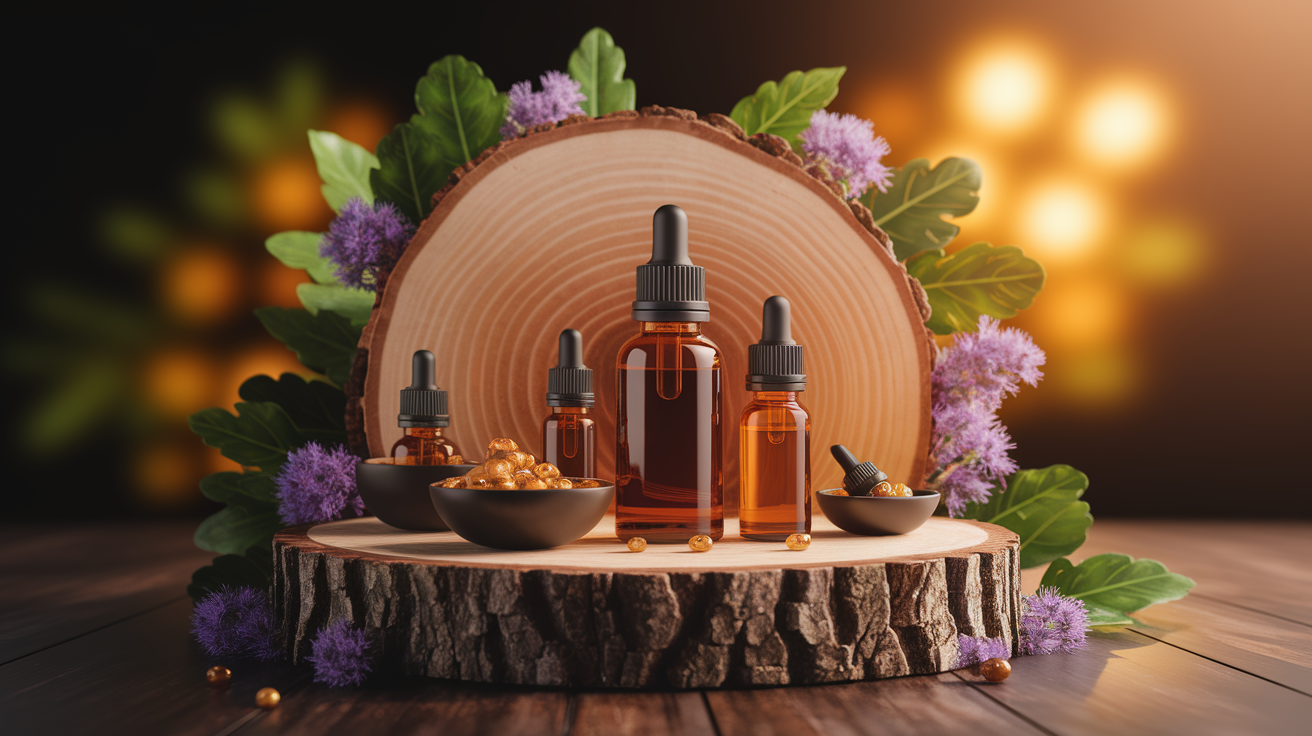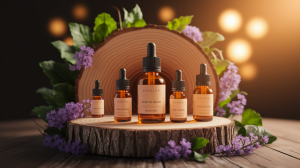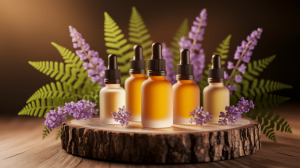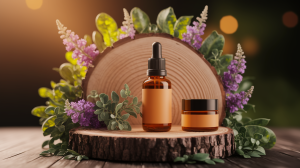Dive Right In: Challenge Testing for Natural Preservatives Explained
Picture this: you’ve got a gorgeous, fresh-tasting product packed with botanical preservatives — maybe rosemary extract, citrus compounds, or even essential oils. It’s everything the market is hungry for — clean-label, eco-friendly, and free from synthetic additives. But before that jar, bottle, or packet heads out into the world, there’s a crucial step to make sure it stays safe and delicious all the way to the end of its shelf life: challenge testing.
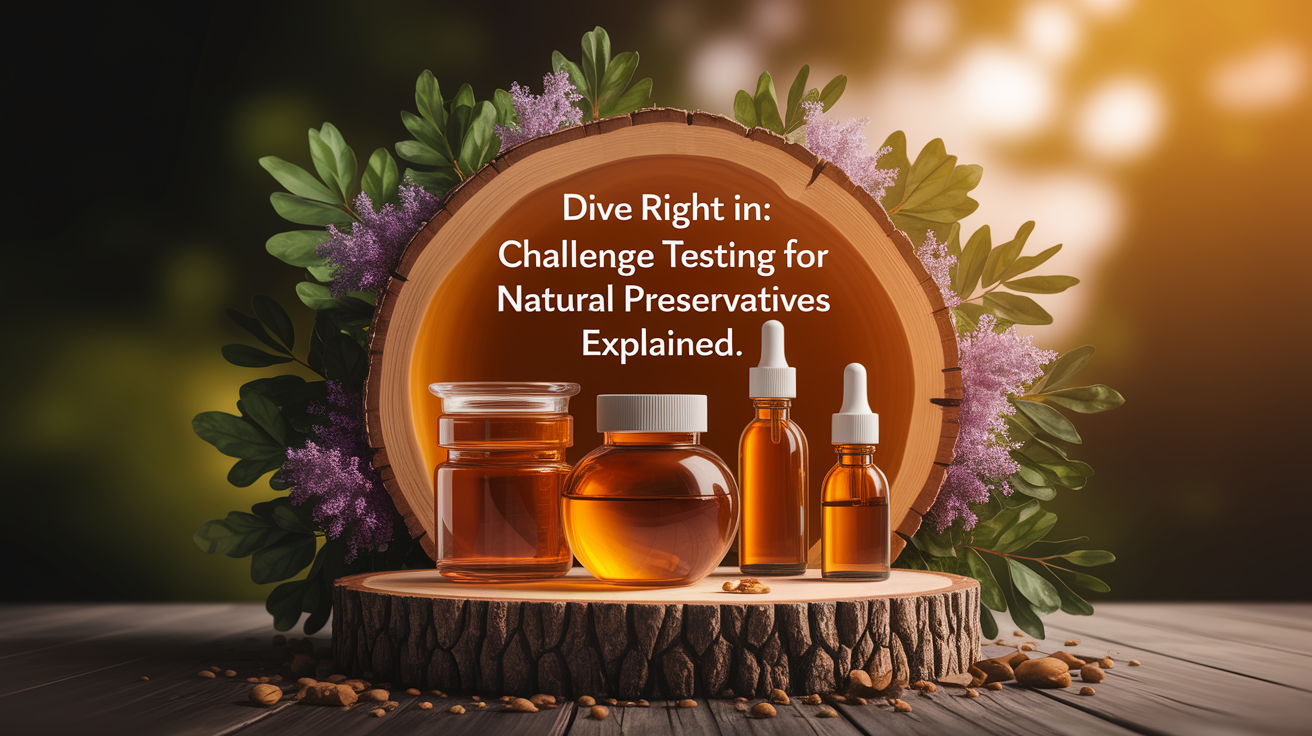
Challenge testing is a deliberate and surprisingly fascinating process. You take the product, introduce actual microorganisms — we’re talking bacteria, yeasts, and molds known to cause trouble — and watch what happens over time. It’s not about trying to ruin the product; it’s about proving that your natural preservative system really does what it’s supposed to do. Whether it’s for food preservation or even natural cosmetic preservation, this kind of microbiological testing lets you see the real antimicrobial efficacy in action.
Building Your Challenge Test Protocol
The first step is figuring out which microbes to work with. This depends heavily on your product. A moist, protein-rich dip might need testing against certain bacteria, while a sweet bakery glaze could be more vulnerable to yeasts or molds. The process of selecting strains is almost like assembling a cast for a play — each microorganism has its role, and you want the ones most likely to appear in real-world conditions.
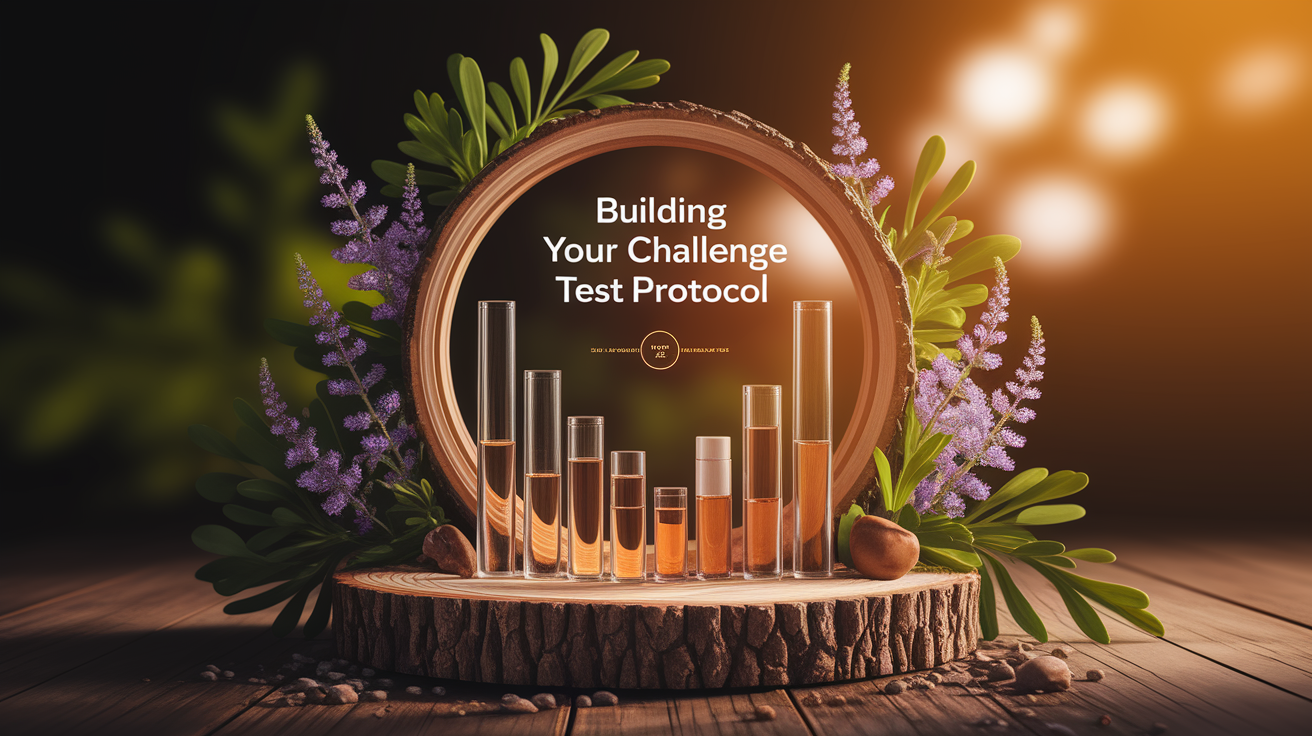
You’ll also determine storage conditions, concentrations of your botanical preservatives, and duration for testing. The goal is to create a protocol that mirrors the real environment as closely as possible — temperature fluctuations, container types, exposure to light. You want to see how your preservative system holds up against every curveball nature can throw.
Carrying Out the Laboratory Test
When the test starts, there’s this odd blend of anticipation and scientific precision. In controlled lab conditions, microbes are introduced — often in carefully measured amounts — into the product sample. From there, the clock starts ticking.
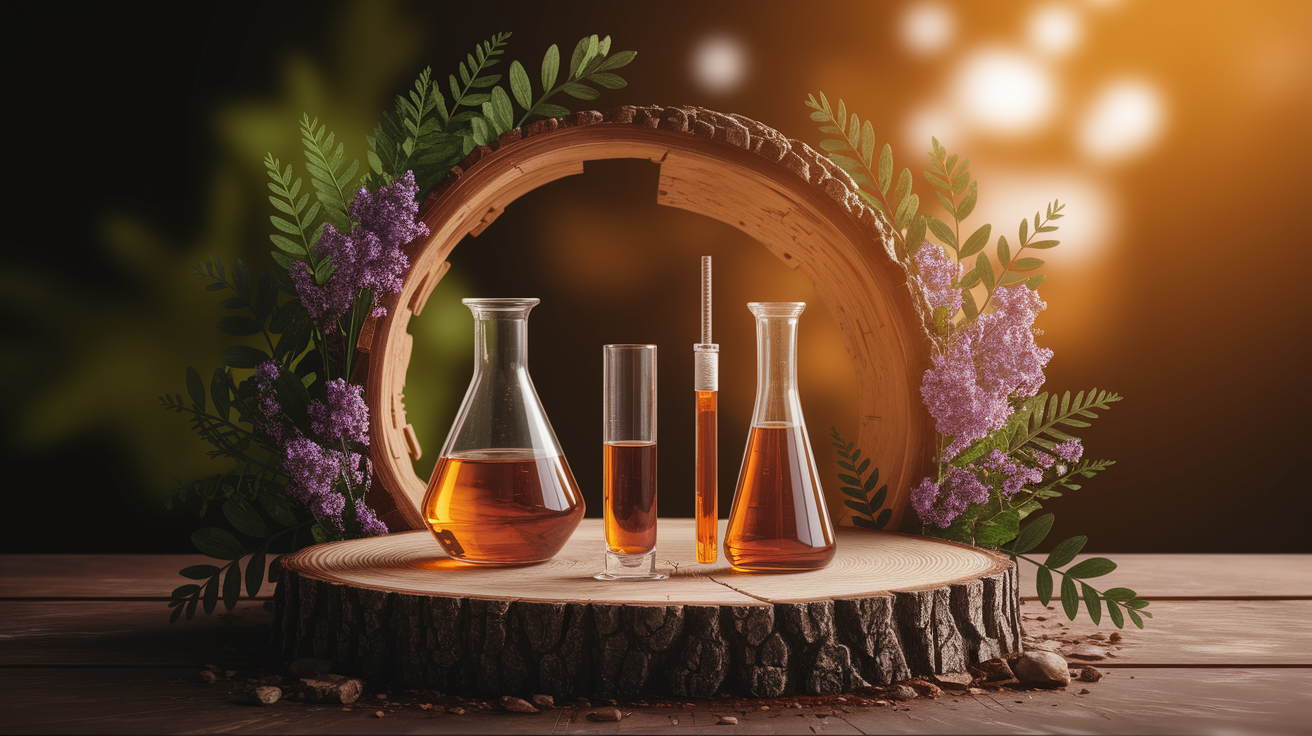
It’s not glamorous. Sometimes it’s just watching and waiting while performing regular sampling to check microbial counts. The challenge is to balance “let’s give them enough time to grow” with “let’s keep our product from turning into a science project gone wrong.” Some natural antimicrobials, like phenolic compounds from herbal extracts, can show impressive bacterial growth inhibition almost immediately, while others work more slowly, allowing you to spot patterns in activity.
Reading and Interpreting Results
Here’s where the numbers start telling a story. You’ll measure microbial levels at set intervals: day 1, day 7, day 14, and so on. If the counts drop — or better yet, stay far below the danger zone — that’s a win for your preservative system. If not, it’s time to adjust concentrations, combine different natural preservatives, or rethink your formulation.

Sometimes results are delightfully surprising. A blend of essential oils and organic acids might outperform a single powerhouse ingredient. Shelf life testing from this kind of data isn’t just about safety — it’s about optimizing flavor, texture, and nutritional value while keeping microbial contamination off the table.
Navigating Regulatory Requirements
Even when the science says “you’ve nailed it,” there’s still the hurdle of regulatory compliance. Organizations like the European Food Safety Authority (EFSA) evaluate safety and determine where and how a natural preservative can be used. In the U.S., the FDA provides guidance on challenge testing protocols that must be followed if you want to legally make certain claims or distribute products widely.

Labeling, acceptable daily intakes, even the type of food it’s allowed in — all of that matters. Passing the test in a lab is one thing; meeting government standards is another layer entirely, and it’s part of what makes clean label product development so detailed and, frankly, exciting.
Best Practices and Troubleshooting
In challenge testing, small details matter. Contaminated tools or inconsistent sample handling can throw off your results. Best practices include:
- Using properly sterilized equipment for each step.
- Documenting every condition, from temperature to light exposure.
- Testing multiple batches to confirm consistency.
- Paying attention to how the preservative interacts with the food matrix — fats, proteins, sugars all influence antimicrobial activity.
And here’s a tip: sometimes switching from one botanical extract to another, or layering complementary natural antimicrobials, is all it takes to turn a borderline result into a solid pass. The journey from microbial challenge to preserved perfection can be unpredictable, but that’s what makes it so satisfying when it clicks.
Seal the Deal: Confident Natural Preservation Starts Here
Once a preservative system has passed challenge testing, you’re not just sending a product to market — you’re putting out something you know will keep its integrity, taste, and safety intact from shelf to table. That confidence comes from seeing microorganisms fail to take hold under conditions that mimic real life.
With demand for natural, clean-label preservatives climbing and consumers paying closer attention to what’s in their food, this testing is more than a checkbox — it’s a pledge to quality. It’s the behind-the-scenes process that lets every delicious bite tell a story of care, safety, and the clever science that keeps nature’s own protective tools working at their best.

